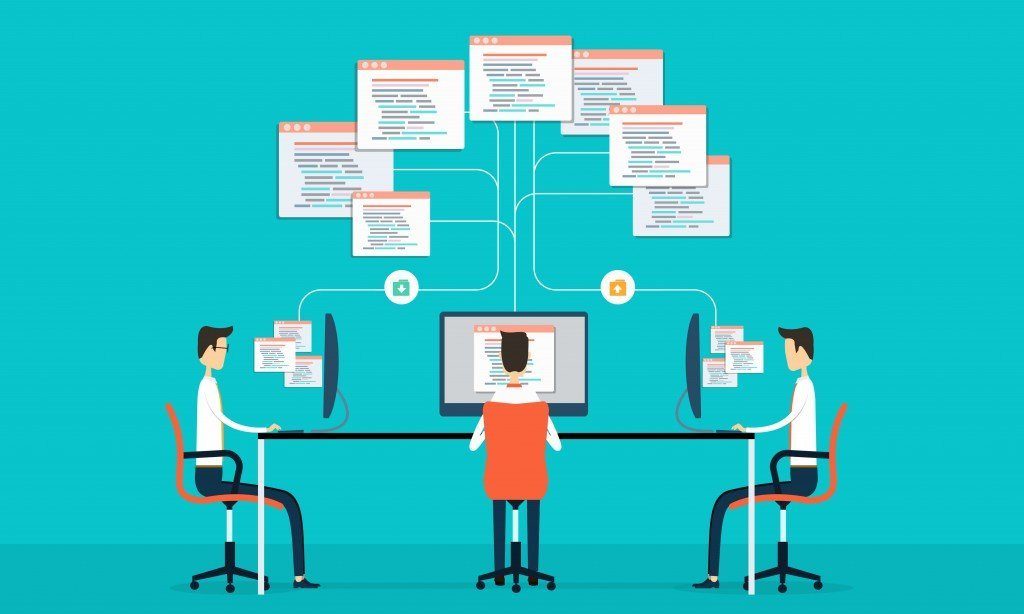Using EDI X12 to Streamline Communication Infrastructure

 Communication,
both within the enterprise and B2B, is the lifeline of business ops. As these communications transitioned from paper to electronic data, however, a new standard was required to ensure disparate systems could efficiently handle incoming content. Thus,
EDI X12 was born.
Communication,
both within the enterprise and B2B, is the lifeline of business ops. As these communications transitioned from paper to electronic data, however, a new standard was required to ensure disparate systems could efficiently handle incoming content. Thus,
EDI X12 was born.
With the ability to send digital messaging in an internationally recognized standard, firms quickly adopted the format in an effort to streamline their file transfer processes. According to OpenText, more than 85 percent of all electronic business transactions are carried out with EDI. With such prolific use across multiple industries, how can support use the X12 format to improve communication and drive success?
The Importance of Standardization
Consider EDI X12 in the manufacturing industry. With so many inputs and outputs coming from nearly every department, consolidating the infrastructure that supports this kind of data exchange is a surefire way to streamline communication. As a quick example, take a hypothetical manufacturing organization whose IT team is tasked with supporting seamless file transfer between manufacturing plants and their suppliers. In an environment like this, a file transfer solution would need to support several inputs: purchase orders, shipping orders, materials release and, of course, billing.
With an integrated EDI X12 solution, this type of data transfer could be consolidated into a single point of the infrastructure thanks to the standardization of multiple formats. In this hypothetical case, the X12 810 format could cover customer billing, X12 830 for materials release, X12 850 for supplies purchasing and X12 940 for shipping.
These well-governed formats allow sysadmins to know exactly how much data will be coming across the line. File transfer flows can then be easily automated with standardized mappings to control the flow of data from input to silo to processing.
Consolidating Communication
Taking things a step further, using EDI X12 formats can help you streamline communication within the enterprise as well. Looking at some example X12 formats, you'll notice the actual data structure within the files is quite similar.
This is one of EDI's greatest benefits to IT professionals. Despite the fact that a billing department may deal with data that is very different than manufacturing, EDI formats can provide a layer of abstraction. For example, all formats share the same field and line delimiters. Some even share similar metadata required for interpreting.
Rather than deploying separate infrastructure to facilitate the transfer and processing of these departments, EDI integration allows you to use a single point of initial passthrough. This would look like a firewall of sorts for communication — both B2B and interdepartmental file transfer.
In practice, X12 files would flow through a distributor that would normalize and sort incoming data based on their EDI metadata. This allows IT infrastructure to become further consolidated, easier to manage and, ultimately, more streamlined. As this streamlining occurs, communications have the opportunity to be more tightly integrated, automated and visible.
While organizations continue to rely on file transfer for the flow of business communication, integrating EDI X12 formats gives IT professionals a chance to simplify its growing complexities.
